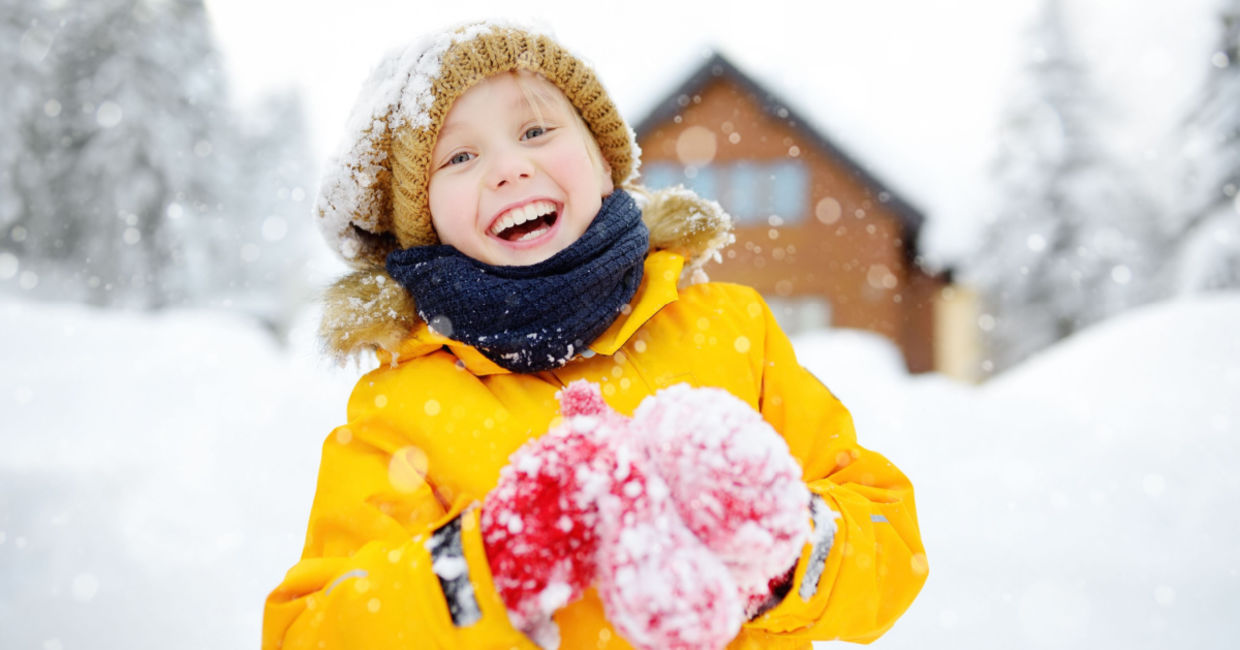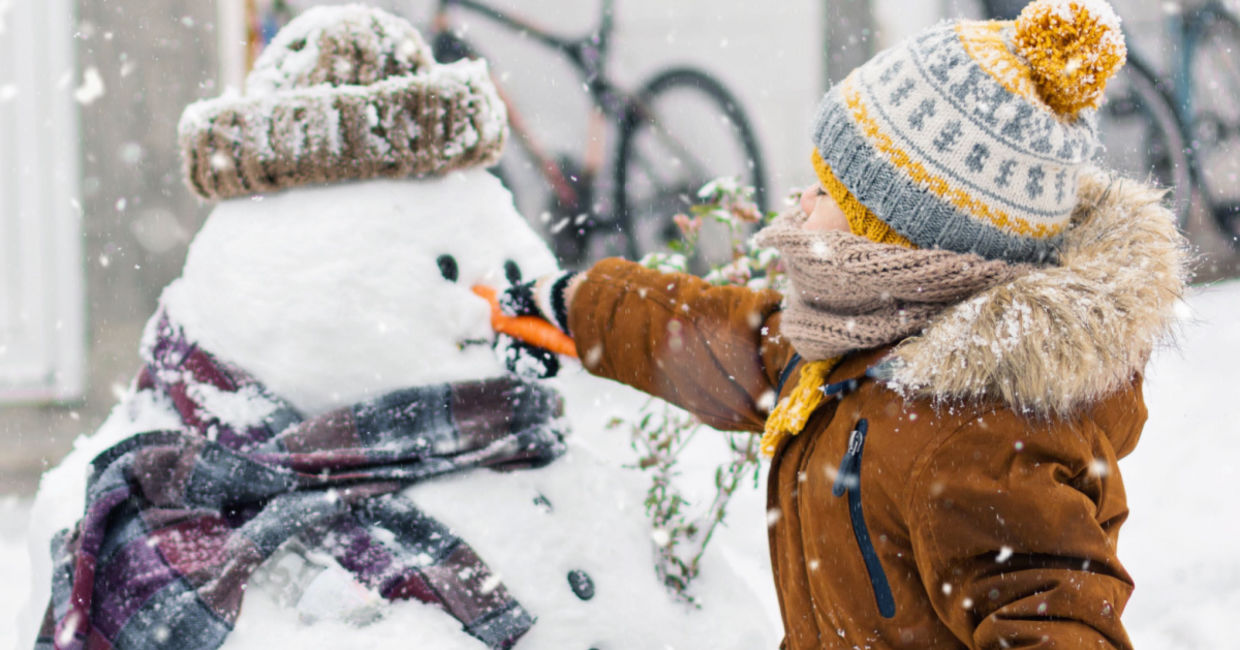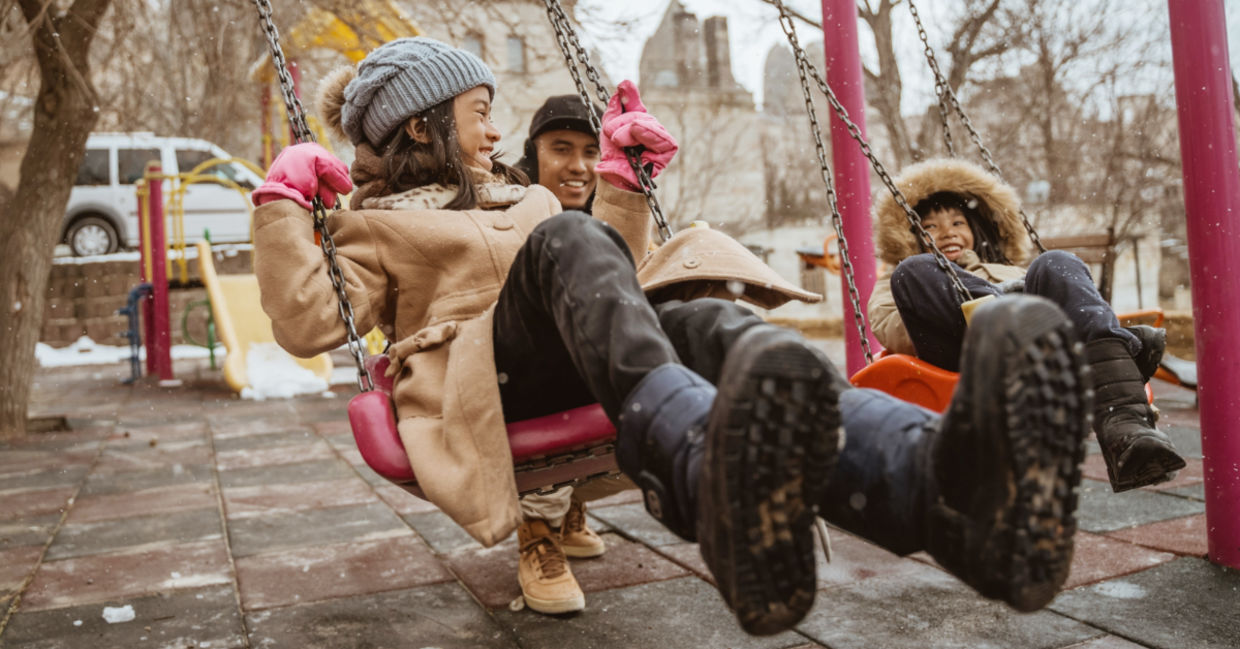
(Maria Sbytova / Shutterstock.com)
Playing outside and spending time outdoors is an important and fun part of childhood. This is true even during the colder months of the year. The weather can definitely be a concern, especially since you don't want the little ones (or yourself) catching a cold or slipping on the ice. Thankfully there are lots of ways to help you keep warm and safe during outdoor play, even in the winter.
Gear up with the right clothing
Staying warm and cozy can totally be done if you have enough layers and the right outdoor clothing. The NYT recommends making sure you keep hands, head, and feet properly covered, in addition to wearing your warm waterproof coats and winter boots. Keeping your feet warm makes the most difference, so thick socks and appropriate footwear are your best friends. It is best to create an outwear policy with your kids so that they will know exactly what to wear when playing outdoors.

(FamVeld / Shutterstock.com)
Preventing frostbite
Some places don't have to deal with frostbite, as temperatures don't reach that low. But If you live somewhere where it is really cold, there are a few things to keep in mind, according to the Healthy Children website. First of all, gearing up with the right clothing can definitely help. If you or your child see that your nose, fingers or toes are getting red and numb, you should go indoors and slowly and gently warm up.
Avoid putting something hot directly on the affected area. It is better to soak the area in warm water and then keep dry. If the area is still bothersome after a few minutes or if you have any concerns, call a physician. It is always better to take the prevention route and stay safe.

(BigLike Images / Shutterstock.com)
Stay healthy and safe
Sometimes playgrounds and other outdoor areas might be safe and appropriate in warm weather but not in extreme cold and icy conditions, suggests the California Childcare Health Program organization. There are playgrounds that were not built with snow and rain in mind and are too slippery and unsafe when it's wet and cold outside. The best thing to do to stay safe and healthy is to plan activities in advance and according to the weather conditions.
Prevention and managing expectations is key. Sometimes involving your kids in the planning process can serve as a valuable learning experience and opportunity to see the various variables at play. It could help them understand why going to their favorite place doesn’t work that day. Learning opportunities come in all shapes and sizes, and this one can help kids foster decision making and safety, valuable skills that are worth passing on.

(Odua Images / Shutterstock.com)







